In today’s world, many of us are constantly trying to find ways to lessen our personal impact on the environment; as the saying goes, “reduce, reuse, and recycle.” But can this concept be extended to one’s wardrobe–especially as related to classic menswear?
- How Can You Make Your Wardrobe More Sustainable?
- 1. Ask Yourself What The Real Impact Is
- 2. Invest in Quality Over Quantity
- 3. Consider Things from the Perspective of Natural Resources
- 4. Develop Your Own Style
- 5. Stop Impulse Buying
- 6. Throw Away Less Clothing
- 7. Buy Vintage Clothing
- 8. Care and Repair
- 9. Invest in Versatile Pieces
- Conclusion
- Outfit Rundown
It’s a well-known issue that the garment industry and the manufacturing of clothing contribute to labor abuses in low-cost countries, to the abuse of natural resources, and last but not least, to hyper-consumerism. In particular, fast-fashion brands take advantage of the ever-increasing rate of turnover, trends, and fashion seasons in clothing that exploit insecurities in men which in turn leads to them buying every time something new comes out and throwing the old stuff away.
How Can You Make Your Wardrobe More Sustainable?
Unfortunately, there’s no way to make your wardrobe 100% green and sustainable, but today’s we’ll walk through nine smart ways to help you build a wardrobe in a way that’s kinder to nature and overall less wasteful. All clothes are made from some form of raw material that is either spun or woven into a fabric that is dyed, and the final product is typically shipped around the globe to get to the end consumer. All these stages have environmental impacts; some more than others, but they all do to a certain extent.

As a consumer, it is basically impossible to opt-out of the supply chain unless you decide to go naked all the time, or maybe herd your own sheep, spin your own yarn and make your own clothes. However, in the words of Anne Marie Bonneau of the Zero-Waste Chef blog, “We don’t need a handful of people doing zero waste perfectly. We need millions of people doing it imperfectly,” because this has a much bigger impact on our environment and the green aspect.

So, rather than striving for perfection and feeling guilty about having an interest in clothes, it’s better to try a few ways to reduce your impact, or your environmental footprint, to create a more green and sustainable wardrobe.
1. Ask Yourself What The Real Impact Is
First of all, always ask yourself, “What is the real impact of the thing I’m buying here right now?” For instance, just about every fabric, natural or not, has an impact on the environment. Even something like viscose (which is really popular right now), derived from bamboo which is renewable and grows quickly. That can also have an impact, in the sense that maybe the rainforest is destroyed to grow more bamboo.

Fortunately, in this day and age, there are lots of companies who talk about how their products are made, what kind of materials they use, and what impact that whole thing has on the environment. So for example, if you buy a blazer in a nylon or polyester blend, it will likely age very quickly and after two or three seasons, you’ll see pilling and you’ll probably want to throw it away. On the flip side, if you get a 100% wool blazer, you can probably wear it for ten years or several decades to come, which brings us to the next point…
2. Invest in Quality Over Quantity
Frankly, one of the easiest things you can do as a consumer is to buy your clothing more intentionally but less frequently. For example, a sweater in a timeless style with a high-quality yarn is something that you can probably wear over the course of 30 years and obviously, that is much more sustainable than buying a cheap sweater out of a short, stable material at a lower cost in a trendy pattern that will pill just a few times after you wear it.
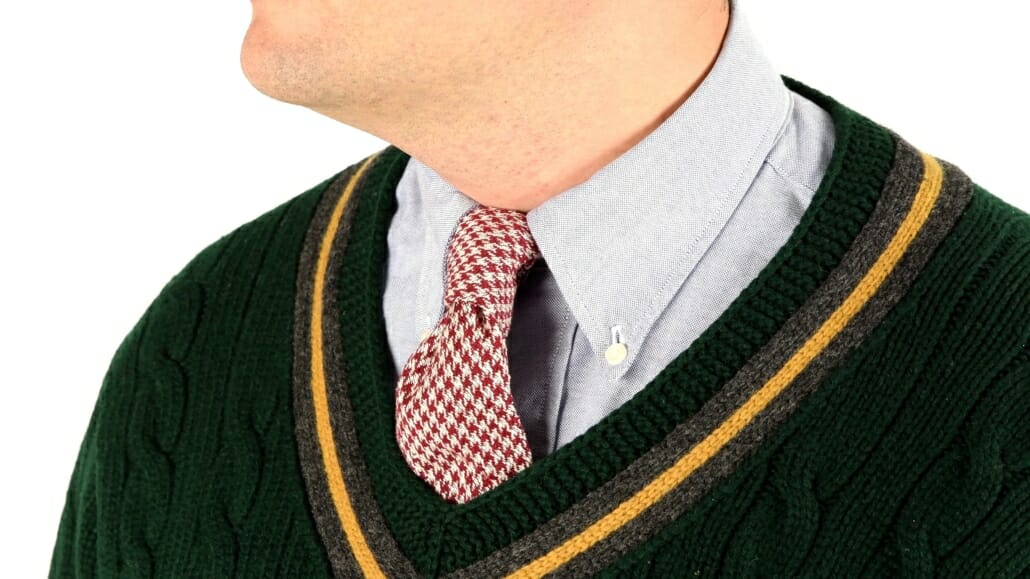
Personally, I try to avoid buying things if I can’t trace back the origins especially if the item is new. If a company can’t give me detailed information about the yarn they use, the staple length, and what goes into making the product, I would rather skip it and buy from a company that can give me those answers, because that way I know I’m buying a quality product.
Are natural fibers now only for the wealthy?
3. Consider Things from the Perspective of Natural Resources
Even though the concept of a green or sustainable wardrobe may not resonate with you, think about it from a resource perspective, not just for Mother Nature but also for your own wallet. Typically, a green or sustainable wardrobe is more intentional, more satisfying, and also less wasteful. Further, you’ll typically spend less money on it in the long term rather than buying cheap stuff left or right without any thought through concept.

Why? Well, because it’s filled with useful, versatile, and high-quality pieces that don’t have to be replenished very often and that will stand the test of time. That means you’ll have to invest a whole lot less money, and who wouldn’t like that?
4. Develop Your Own Style
Another thing you can do for a more sustainable wardrobe is to dig a little deeper into yourself and what you want, and develop your own style that is independent of current fashion movements. If you think you know your style already, think again. Have you ever bought something that you never really ended up wearing? If you have, then chances are you haven’t quite nailed your style yet.
The reality is, we all make mistakes, but the beauty of mistakes is that we can learn from them. So, if you have bought something in the past that you didn’t end up wearing, ask yourself, “Why Did I not end up wearing it? Why did I buy it in the first place?” Then, as follow-up questions ask yourself, “How do I want to be perceived?” Also, “How does outfit/garment X, Y or Z make me feel?” Because if something makes you feel good, your body language and demeanor will really radiate that feeling.

Also, analyze your wardrobe and ask, “What are the garments I wear over and over again?” Then figure out what makes you keep coming back to them. Is it the fit, the color, is it maybe just the convenience? Once you’ve mastered that, you can ask yourself, “What does an ideal wardrobe for me look like?” That question can also be, “What do I value the most in clothing? Is it comfort, versatility, simplicity, or quality?” You figure it out.
The whole purpose of asking these questions is that you come up with a style that works for you, your personality, and what makes you feel good. That means you can wear it consistently. You will always be perceived as well-dressed and it always provides a certain confidence, because you chose this exact outfit for your very own reasons (meaning you’re not just following a new trend because it’s hip right now). Best of all, once you’ve found your style and nailed it, you can wear the same things over and over again in different combinations. But because of that, you will buy less which will save you money.

5. Stop Impulse Buying
If you find yourself impulse buying frequently, chances are very high that you’re just wasting money. It leads to you buying things on a whim that don’t actually fill the gaps in your current wardrobe, and because of that, it’s likely not very versatile. If you resist your impulse and go with your plan, you’re much less likely to end up with junk that ends up in your wardrobe just because it was 90% on sale but that doesn’t really suit a purpose.

6. Throw Away Less Clothing
Of course, throwing away fewer of your clothes starts with buying fewer of the wrong things in the first place. So, next time you face an impulse buy or something that pleases your eye, ask yourself these questions (but be honest, not romantic):
- How long will this piece last in my wardrobe?
- For how many years am I going to wear it?
- How many times will I wear it before I toss it?
- If I toss it, will I do so because I don’t like the style anymore and times have changed, or will I toss it because it’s so delicate that it will have worn out?

If any of those questions indicate that you won’t have this piece for a long time, simply don’t buy it.
7. Buy Vintage Clothing
A fantastic way to be green and sustainable is to buy vintage or secondhand clothing. I know, vintage clothes are often referred to as “dead man’s clothing,” and some people are turned off by that; personally, I love vintage and secondhand clothes. For me, it all started not with a mindset of wanting to be sustainable or green, but simply by striving for quality while not having a budget for it as a high school student.
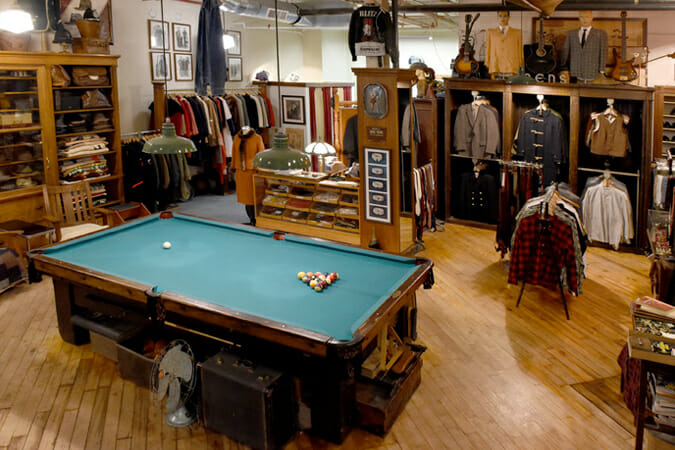
Often, vintage or secondhand clothes have the connotation of the wearer being broke. However, even though I am now at a point where I could afford to have custom-made pieces for my entire wardrobe, I still love vintage clothing. It often uses wonderful fabrics, features cuts, styles, and details that are simply hard to find these days, and I just appreciate buying something that has a history.

While it’s true that vintage clothes are often a whole lot less expensive than new clothes, you’re also buying something that has already been produced, and so you have a much smaller impact–because most of the time these garments would just be recycled and reused to make into an inferior garment. This way, you just stop buying new things, so when looking at it on the macro level from the perspective of supply and demand, manufacturers will produce fewer new things.
Furthermore, many vintage pieces are rather high quality because after all those years, they’re still in good enough shape to be resold. Personally, I’d also urge you to think outside of the realm of clothing. You can find fantastic vintage secondhand furniture, glassware, china, and so forth; basically anything relative to interior design and dedicated stores, at places like eBay or Etsy, but also local estate sales.

Today, I love vintage goods not only because of their quality but also because of their unique character that you can’t find in run-of-the-mill stuff. By shopping vintage, you’ll also become aware of great brands that have good quality, and that have stood the test of time. Once, my wife and I bought a couch from Hancock and Moore that was secondhand, and we loved it so much that any couch going forward will be guaranteed from this manufacturer even if we have to buy it new. Unless of course, we reupholster the old couch because it has such good bones.

8. Care and Repair
Don’t just throw things away. Well-cared-for clothes will not only last you longer, but also look much better with age. Rather than just throwing something away ask yourself, “Can I fix it?” Of course, it all has to make sense. Mending a $70 H&M jacket for $100 is probably not wise, because you could buy a new one for less–and the jacket, in general, is not meant to be worn for a long time. On the flipside is a $2,000 sport coat that you picked up for $25 at Goodwill should be mended for $100, because it has a whole lot of wear left in it.

So, the big question is, how do you care for your clothes and protect your investment, and at the same time become more green and sustainable? Well, honestly, in most cases you don’t even have to spend money bringing your stuff to a dry cleaner. Oftentimes, a bit of steam helps, or a nice clothes brush. Sometimes repairing things also means thinking a bit outside of the box. For example, I had a red sweater from Polo Ralph Lauren that was pretty old. I loved wearing it, and eventually I wore it out on the elbows, so I just bought a bit of red leather and had elbow patches sewn on. Now the sweater has many more years of wear left in it.

Even if your clothes do wear out, for example, your shirts, where the interlining is visible and the collar is basically falling apart; you can still wear that stuff around the house, maybe for cooking or gardening.

9. Invest in Versatile Pieces
In the past, we introduced you to the concept of a capsule wardrobe. At its core, the idea of a capsule wardrobe is that you can pair anything with anything else. While that’s very extreme, and you sometimes may want to wear a velvet dinner jacket that doesn’t combine with anything else in your wardrobe, there are certain items such as a navy blazer that can be worn with a matching pair of pants for a suit, or maybe with a pair of jeans, a pair of chinos, or gray flannels. It’s just a very versatile garment, and if you buy those pieces that work very well with other stuff, it’s going to be very easy for you to combine something.
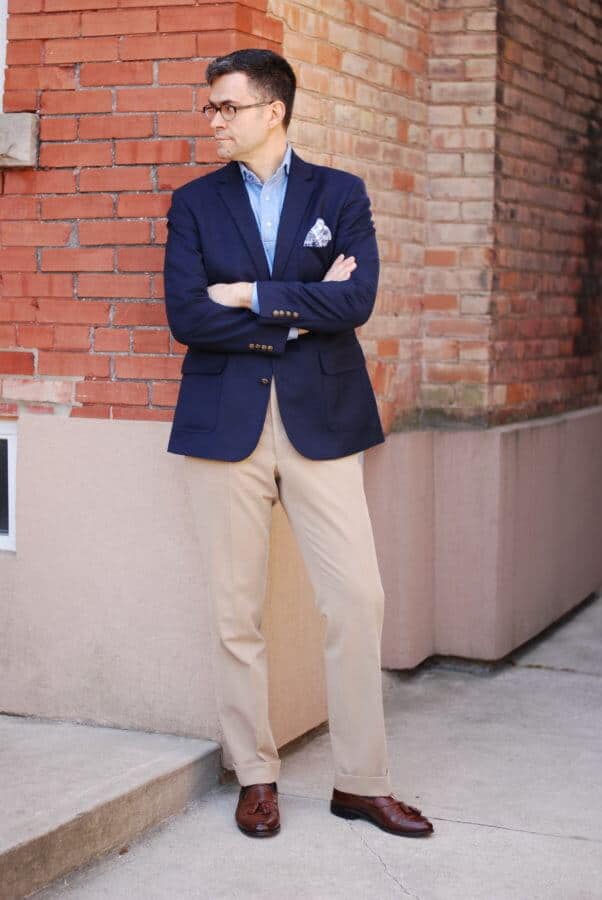
This also means you buy less; you save money, and you’re just going to be much happier–not least because when you travel, you’ll be very flexible in what you can wear. For example, the same is true for a pair of cufflinks that you buy; that goes with a lot of outfits. Let’s say you invest in the Fort Belvedere belt system with different buckles and belts. That way, you could buy three belts and three buckles–thus giving you nine options to basically cover you for all the occasions you will need them for. So, rather than buying nine belts, you’re buying just three, but you get the versatility of nine. Obviously, smart modular systems of that nature will help you keep a smaller ecological footprint and build a greener and more sustainable wardrobe.

Conclusion
Building a green and sustainable wardrobe to reduce ecological impacts is also a less wasteful approach to dressing. It requires some introspection in terms of your personal style, as well as being more mindful of what you welcome into your closet, but the results will almost certainly be worth it!
What strategies for sustainability do you incorporate into your wardrobe? Share with us in the comments!
Outfit Rundown
In today’s video, I’m wearing a vintage tweed sport coat which I found at Brimfield, which is the largest outdoor flea market in the US. It cost about 30 bucks, its made from a nice Donegal tweed and has these beautiful football leather buttons. I’m combining it with a striped shirt from Italian maker Siniscalchi, which is a very expensive bespoke maker but I bought the shirt used about 15 years ago. You know the fabric is very thin and breathable, this is of high quality and has last until now. I’m combining it with a Wool Challis Tie from Fort Belvedere in Burgundy with Yellow Dots and a Wool Silk Pocket Square likewise from Fort Belvedere which you can both find in our shop here.
The tie bar is vintage, I picked up for three bucks. My cufflinks are modeled after Monkey Fist knots, they’re made out of solid sterling silver that is heavily gold-plated and it will never rub off and I can pass them down to my great-grandchildren one day. The ring I’m wearing is gold with a citrine stone they also bought in Brimfield at a flea market at the then, current gold price.
My shoes are not vintage but they’re in a burgundy color which is extremely versatile and I can wear this kind of color for a business event, I can wear it for a casual event and it’s probably the most versatile shoe color a man can have. To an anchor point of the outfit I chose to wear a pair of mustard yellow cotton chinos that I had made for me in Sri Lanka years ago. I tied it together with a pair of Shadow Striped Socks in Brown and Beige from Fort Belvedere, and a burgundy belt that matches the shoes and a gold buckle both from the Fort Belvedere belt system which you can find in our shop here.


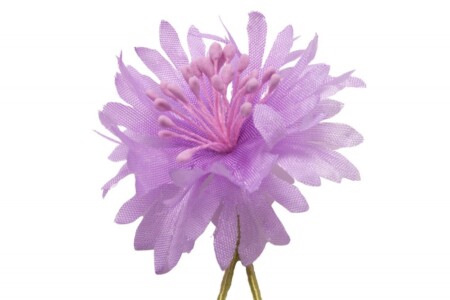
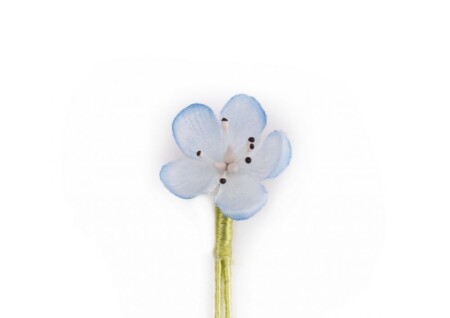
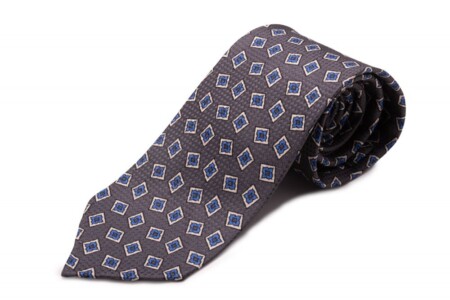
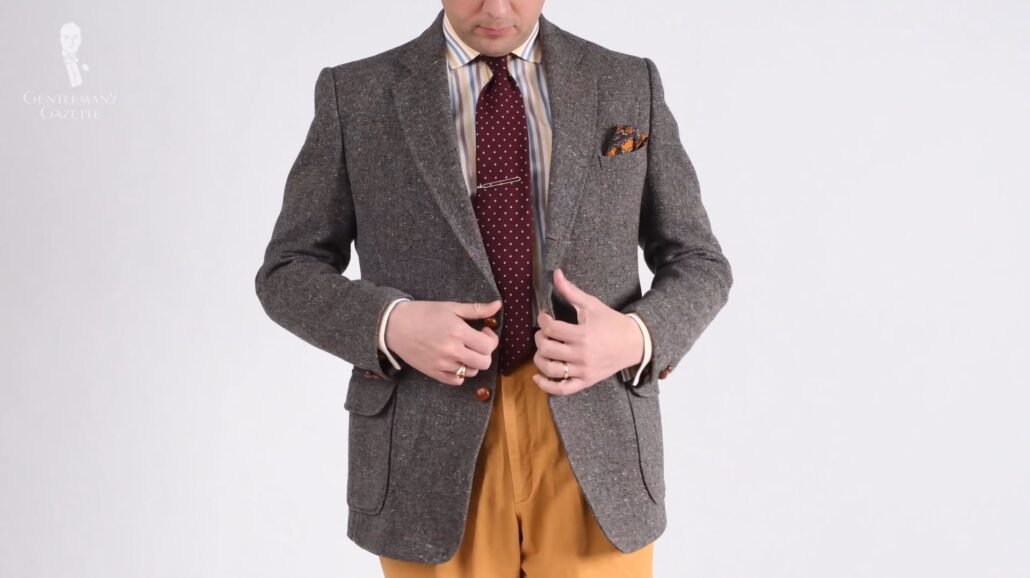

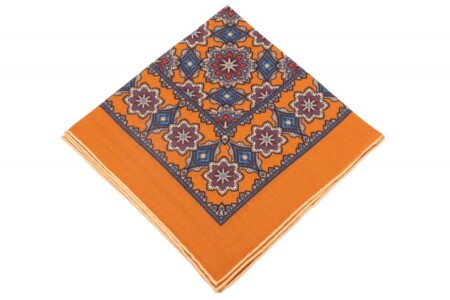
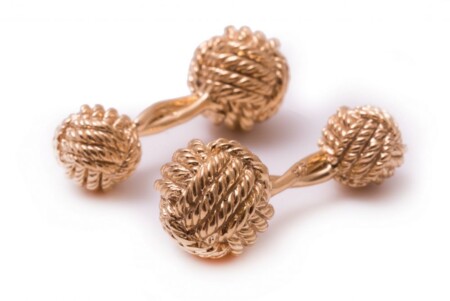
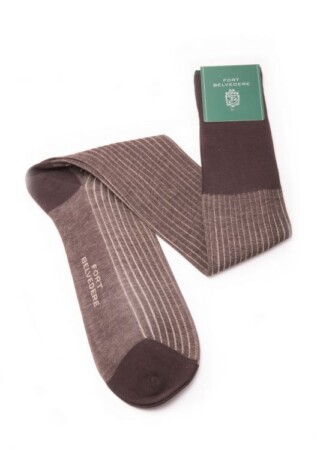
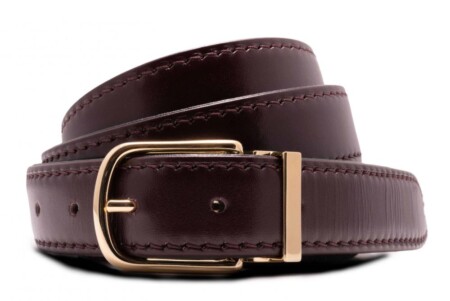
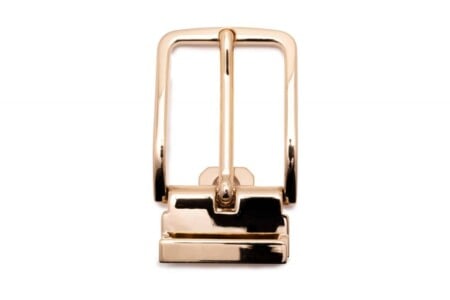
FYI: Van Heusen has just announced shirts made with 55% recycled cotton & polyester.
Fully agree. I have jackets and suits bespoke since the 90’s and still used it and people ask me who is my taylor.
Unfortunally os not the sale with some of my casual or sport wear. That bought in shoes. For this need to find a solución.
Real hot button issue for me. And not just lately. Became a fan of Elizabeth L. Cline “Overdressed: The Shockingly High Cost of Cheap Fashion” ( Penguin; 2012 ) and have been ever since. With everything going on in China, or rather NOT going on, it’s as pertinent as ever. Def recommend.
One aspect seldom mentioned when this topic arises is just how much more friendly, open and approachable you come off when you’ve owned garments long enough to be very comfortable in them. We all have friends that are forever “doing complete makeovers!” ( and you’re never sure which version of ‘them’ is showing up to the party? )
There’s a certain comfort level that comes naturally and effortlessly when you’re at least somewhat predictable. Don’t want to get too far in the psych weeds but, there’s always been something a little unnerving being around people with a constant need to “reinvent themselves”? IMHO